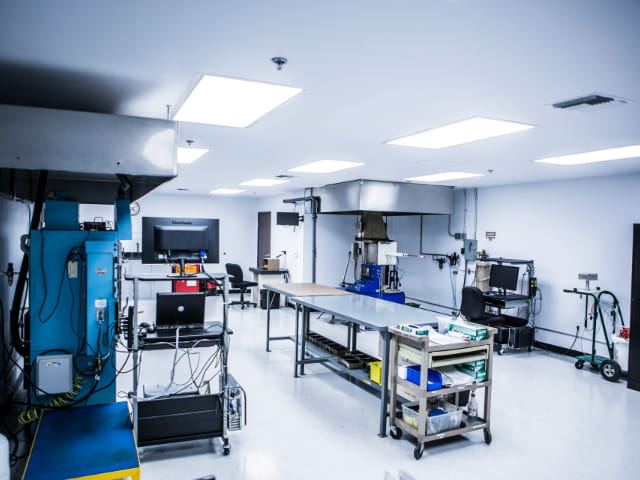One of the most extreme forms of product testing is liquid to liquid thermal shock testing.
This method rapidly cycles test samples between scorching hot and frigid cold liquid baths to simulate severe thermal shocks. The incredibly fast temperature ramp rates achieved with this technique far exceed what is possible with conventional air-to-air thermal shock chambers.
The core of a liquid-liquid thermal shock test system consists of two reservoirs - one filled with a high temperature liquid heat transfer medium and the other with a low temperature cold liquid. A programmable mechanical transfer arm dips a perforated specimen basket alternately into each reservoir per a defined cycle time. This repeated immersion between the extreme temperature baths subjects the test samples to violent thermal shocks. The transfer typically occurs in under 10 seconds to maximize the thermal ramp rate. Special baskets can be used to accommodate larger or oddly shaped test articles as needed.
A variety of heat transfer liquid mediums are available depending on the application's temperature requirements and material compatibility factors. Basic options include water for less extreme temperatures or silicone oils for moderately high heat. For the most extreme temperature cycling, specialized thermally stable inert liquids with high electrical resistance and low surface tension can be utilized. High performance thermal shock systems enable temperature spanning from as low as -65°C up to +150°C or higher.
Violently cycling between rapidly expanding and contracting temperatures puts immense stress on product components, especially when materials are bonded together with mismatched thermal expansion properties. This can reveal design weaknesses leading to failures like shattering, binding, cracking, or internal damage that may occur when products are suddenly exposed to extreme temperature changes. Common real-world examples include electronic equipment going from an air-conditioned interior environment to the scorching heat of a desert setting during transportation.
Liquid-liquid thermal shock testing is an invaluable tool for ensuring product survivability by replicating severe thermal shocks that may be encountered during manufacturing, shipping, storage, or operational conditions. This rigorous methodology complies with numerous industry test specifications and quality assurance standards such as MIL-STD-810, MIL-STD-202, MIL-DTL-38999, TIA/EIA guidelines and more. Verifying cold/hot temperature transition resilience helps deliver reliable and durable products.
Learn More

Vibration and Shock Testing
Element works with manufacturers from the very beginning to try and understand the implications of environmental compliance.

Product Testing
Element is a leading provider of product compliance and qualification testing services to its customers in the Aerospace, Construction, Defense, Digital Engineering, Energy, Life Sciences, Transportation, and Telecommunications industry sectors.

Mechanical Testing
Element's mechanical tests show whether a material or part is suitable for its intended mechanical applications.

General Product Safety GPSD (2001/95/EC) & GPSR (EU/2023/988)
Element provides you with the testing, guidance, advice, and support to meet the requirements of the General Product Safety Directive GPSD (2001/95/EC) and the latest General Product Safety Regulations GPSR EU (2023/988).

